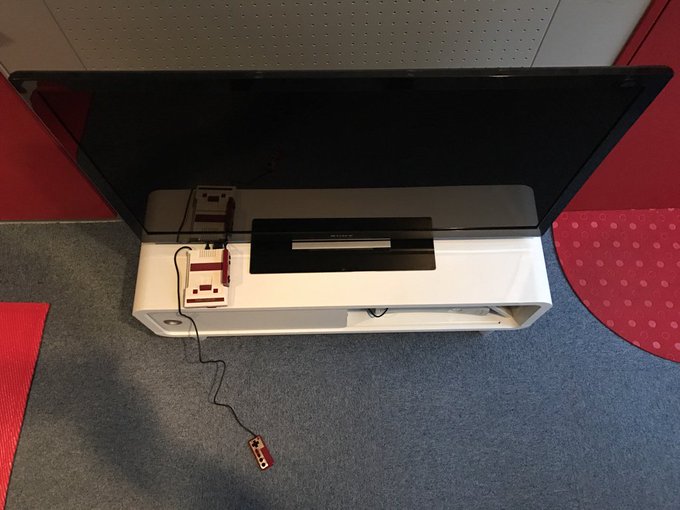Today, Japan saw the release of the most powerful gaming console in history alongside what may well be the least. For about a tenth of the price of the PlayStation 4 Pro and probably even less of the power consumption, you can pick up Nintendo's Classic Mini Family Computer — Japan's version of the NES Classic Edition.
The Family Computer — commonly known as the Famicom — was released in 1983, two years before Nintendo released the NES in the US with a radical redesign. The two 8-bit consoles are basically identical in terms of hardware, but the Famicom's red-and-white physical styling is a lot quirkier; Nintendo gave the NES a subdued, VCR-influenced designthat it felt would be better suited to the American market.
/cdn0.vox-cdn.com/uploads/chorus_asset/file/7443131/DSCF4723.0.jpg)
In use, the Famicom Classic Mini is near identical to the NES Classic, so if you want to know more about the overall concept and functionality I'd suggest reading Andrew Webster's review of the North American model. Here's a brief summary: both consoles come preloaded with 30 NES games; neither let you download any additional titles; both have wired controllers; both hook up over HDMI; both offer display modes with features like "pixel-perfect" rendering and fake CRT scanlines; both are really cute.
The biggest difference beyond the overall hardware design is in the Famicom Classic Mini's controllers. In line with the original system, the two gamepads can be stored on each side of the console, and they're also hardwired — no unplugging. The NES Classic controller can be unplugged and used with downloaded Virtual Console games on the Wii and Wii U, but that's not the case with the Famicom Classic Mini. At least you get two of them.
Like the NES Classic, and perhaps to an even greater degree, you have to sit real close to the TV in order to use the Famicom Classic Mini. And the controllers are tiny. Neither of these issues bothered me too much, because Muji body-fit sofas are easy to move around and I have over a decade of Game Boy Micro ownership under my belt, but I don’t know that everyone else would be so forgiving. This definitely isn’t a console designed to be used in a home theater setup — it might even work better as a desktop ornament hooked up to a spare monitor port.
Another important difference is the software. The basic operating system is more or less identical, but the game lineup differs — the Famicom Classic Mini includes Atlantis no Nazo, Downtown Street Challenge, Final Fantasy III, Mario Club Golf, River City Ransom, Solomon’s Key, Tsuppari Sumo, and Yie Ar Kung-Fu at the expense of the NES Classic’s Bubble Bobble, Castlevania II: Simon’s Quest, Donkey Kong Jr., Final Fantasy, Kid Icarus, Punch-Out, StarTropics, and Tecmo Bowl.
I should go into these games in a later post, but on balance I think the NES Classic probably has the more broadly appealing lineup for most people, especially outside Japan. On the other hand, River City Ransom.
/cdn0.vox-cdn.com/uploads/chorus_asset/file/7443129/DSCF4731.0.jpg)
If you’re looking to import the Famicom Classic Mini, you shouldn’t have any technical trouble. It doesn’t ship with a AC adapter, but any USB adapter should do — and in my case, at least, the provided USB cable was all I needed because I managed to power the console directly from a spare port on my TV. There’s no English language support, but the system menus are simple enough and most of the games are totally playable without much in the way of Japanese knowledge.
And even if you never switch the thing on, it’s a pretty gorgeous object.
The Nintendo Classic Mini Family Computer is out today for 5,980 yen, roughly the same as the $59.99 NES Classic.



No comments:
Post a Comment